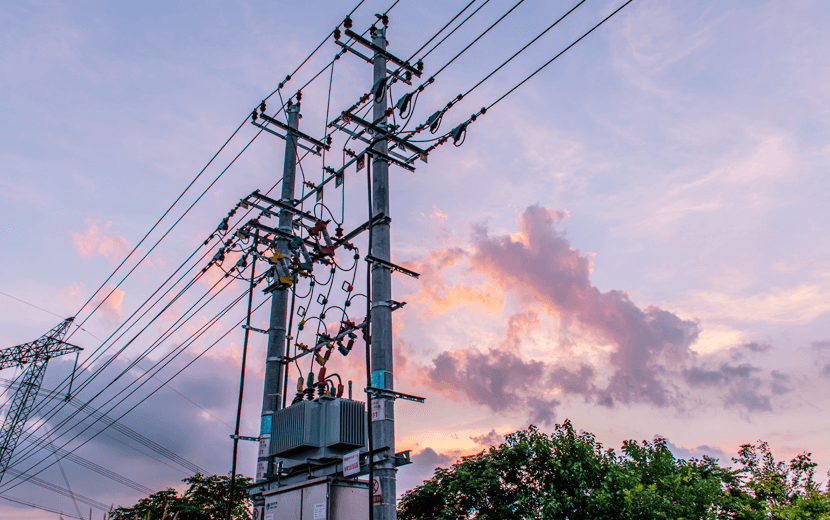The loss in the transmission line is called transmission loss or line loss, which refers to the power loss in the line resistance when the load current passes through the line.
The energy loss caused by the transmission of electrical energy through the transmission line, referred to as line loss. In addition to the power transmission lines in the power network, there are other power transmission and transformation equipment such as transformers, which also generate power losses. The sum of these power losses (including line losses) is called network loss. Line loss is caused by the loss of active power in power transmission, and is mainly composed of the following three parts.

The loss of active power caused by the current flowing through the wire with resistance is the most important part of the line loss where P, Q, are the active power, reactive power and current flowing through the route respectively; The voltage measured at the same point of P and Q; R is the resistance of the line, which is related to the cross-section of the wire, the material of the wire and the length of the line. Active power loss is caused due to the voltage on the line and the leakage of the insulation between the lines and the connection between the lines.
Transmission loss calculation:
Voltage quality is an important quality indicator of the power supply system. If the voltage supplied to the client exceeds its allowable range, it will affect the normal operation of the customer's electrical equipment. In severe cases, the electrical equipment will be damaged and cause losses to the customer. Therefore, it is an important task for power supply enterprises to strengthen voltage management to provide qualified electric energy to customers. The voltage in the grid fluctuates as the load changes. The state stipulates the allowable voltage fluctuation range under different voltage levels. Guodian Agriculture (1999) No. 652 document clearly stipulates the voltage of rural electricity:
1. The allowable fluctuation range of the distribution line voltage is ±7% of the standard voltage.
2. The allowable fluctuation range of the low-voltage line-to-house voltage is ±10% of the standard voltage.
Voltage loss refers to the algebraic difference between the voltage at the beginning of the line and the voltage at the end of the line, which is caused by the line resistance and reactance. Reactance (inductive reactance) is caused by the highly variable magnetic field generated around the wire through the alternating current. The reactance XO (/km) of various overhead lines per kilometer length can be obtained by calculating or searching for relevant information.
The three-phase line is only connected to a three-phase line with a centralized load at the end of the line. Let the line current be, the line resistance R, the reactance be X, the voltage at the beginning and end of the line are U1, U2, and the power factor of the load is c0s. The voltage drop △ù=ù1-△ù2=Z; the voltage loss is the algebraic difference of the two phasor voltages of U1 and U2 △U=△U1-△U2.